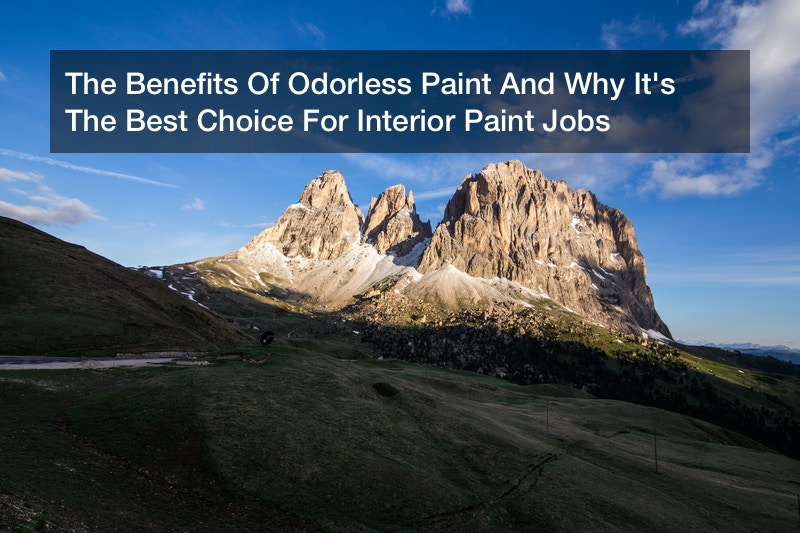
Odorless paints are growing in popularity, especially when it comes to interior paint options. Odorless paint is also known as low VOC paint because it contains fewer chemicals than other standard options. This provides many advantages that homeowners should consider before heading to the paint store.
The Benefits Of Low VOC Paint
Low VOC odorless paint produces significantly less vapor than other options. This makes it the optimal choice for interior paint jobs, especially those where proper ventilation isn’t optimal. VOC, volatile organic compounds, are chemicals that can negatively impact health if inhaled, which can be highly detrimental for young children or elderly individuals who may live in your home.
If you inhale too much of the chemical vapor you could experience dizziness, nausea, and headaches; prolonged exposure can also lead to kidney damage. If health is already compromised, this risk doubles and can lead to significant impairment.
Low odor paint is also environmentally friendly. The lower amount of fumes helps to cut back on ozone contamination, and the contamination of landfills and groundwater reservoirs. This eco-friendly paint is perfect for homeowners who are conscious of their ecological footprint, and who want to invest in making their home as green as can be.
A couple of additional benefits are:
- A reduction in the amount of allergy-aggravating toxins in the home.
- A lower amount of toxic emissions that can cause health issue flare-ups.
- Odorless paints are easier to keep clean with just soap and water.
- Odorless paints don’t compromise on coverage and offer the same level as high VOC options.
- Likewise they are quick-drying, so you don’t have to worry about long wait times after finishing a room.
- Low VOC paint also resists yellowing after time.
Low VOC odorless paint is typically made from natural ingredients, these can include, beeswax, resin, water, plant and essential oil, plant dye, talcum, clay, and chalk. In order for a paint to be classified as zero VOC, it must meet the requirement of having less than 5 grams per each liter of paint. Low VOC paints will require around 200 grams per liter to qualify as such; however, most aim for 50 grams or less to meet the Green Seal Standard. It is worth keeping in mind that even if you purchase a zero or low VOC paint, adding a colored tint will bring up the VOC by around 10 grams.
While Odorless low VOC paint can be slightly more expensive than other options, it is an investment that can save both your health and your ecological impact. It is a choice that you can feel good about, especially if you have young children in your home who could be significantly impacted by harmful VOC vapors. If you are considering painting the interior of your home, consider the benefits of low VOC paints and if they are the right choice for you.

